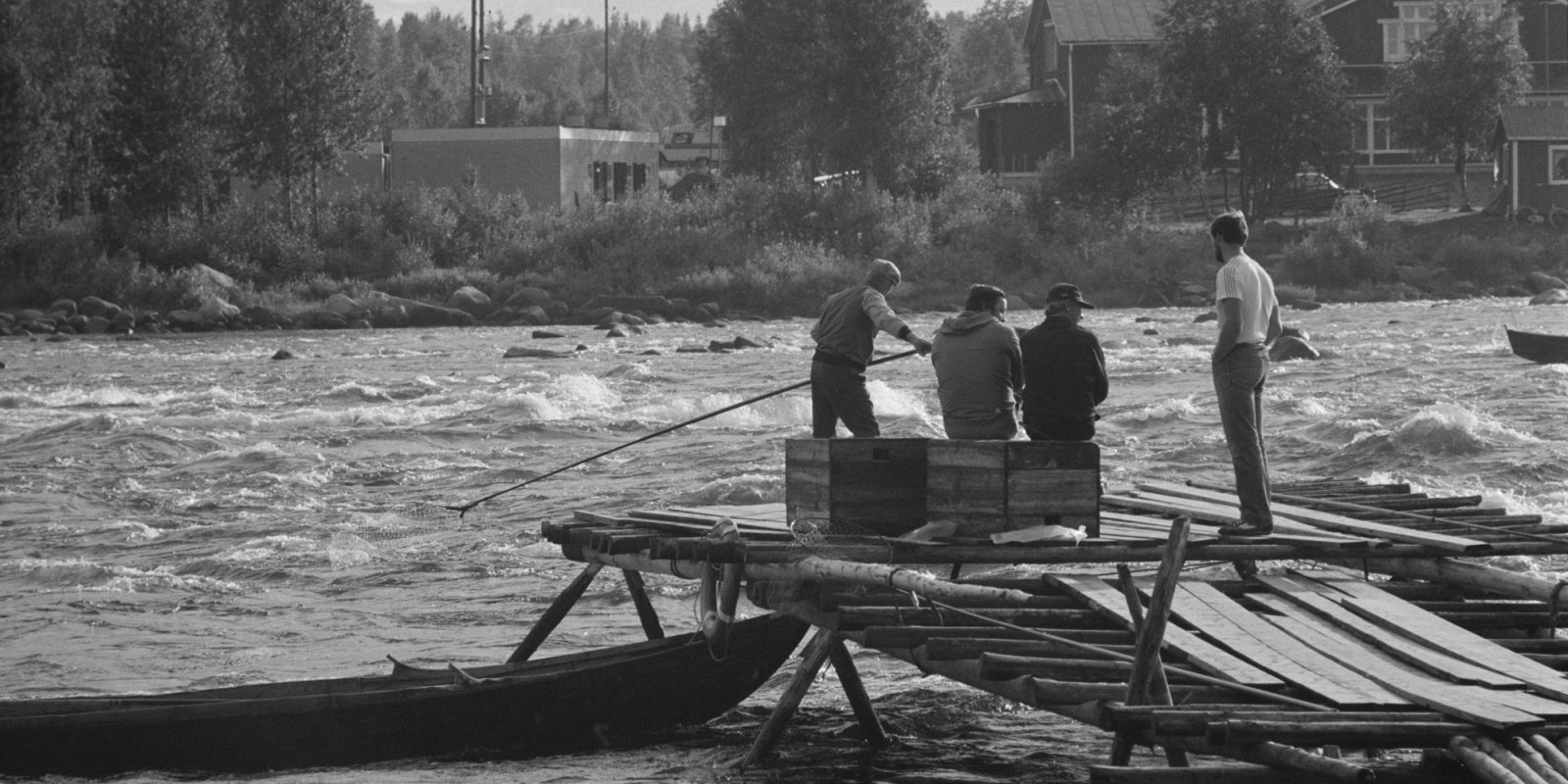
Torne River dipnetting culture to be prepared for nomination for UNESCO’s list jointly by Finland and Sweden
Finland's next element to be inscribed on UNESCO’s list of intangible cultural heritage of humanity concerns the dipnet fishing tradition along the Torne River. The proposal concerning the living tradition along the border river will be prepared in cooperation with Sweden, which will also coordinate the multinational application. The aim is to submit the application to UNESCO in March 2025.
The Ministry of Education and Culture has approved the Finnish Heritage Agency’s proposal that Finland join the multinational application with the aim of having the dipnetting culture of the Torne River inscribed on UNESCO’s Representative List of the Intangible Cultural Heritage of Humanity. The dipnet fishing culture was inscribed on the National Inventory of Living Heritage in Finland in 2017.
The coordination of the multinational application will be the responsibility of the Swedish Institute for Language and Folklore (ISOF). In Finland, the Finnish Heritage Agency is responsible for the preparation in cooperation with the Museum of Torne Valley and the communities in the sector. The application is due to be sent to UNESCO in March 2025. The decision on the possible inscription on the list would be given in December 2026.
The Torne River is the longest free-flowing river in Northern Europe. Over a period of hundreds of years, a borderless, community-based and original dipnet fishing culture has developed in the rapids of the river. The culture is still vibrant. Dipnet fishing is an old form of fishing that goes back hundreds of years. It is practised in the Kukkolankoski and Matkakoski rapids mainly to catch whitefish. The fishing equipment is ‘lippo’, a bag-shaped dipnet at the end of a long pole, which is used for catching the fish while standing on the riverbank or on piers built specifically for this purpose. In addition to dipnetting, the dipnet fishing culture also includes many traditions involving food and celebrations.
Currently, Finland's inscriptions on UNESCO’s Representative List of the Intangible Heritage of Humanity are the sauna tradition (2020) and Kaustinen fiddle playing (2021). The Nordic clinkerboat traditions (2021) and the knowledge, craft and skills of handmade glass production (2023) have been inscribed as multinational elements.
In Finland, intangible heritage is compiled in the Wiki-inventory of Living Heritage, which contains 240 elements from more than 400 different parties. There are 86 elements in the National Inventory of Living Heritage. The elements proposed for inscription on UNESCO’s lists of the intangible cultural heritage must first be included in the national list.